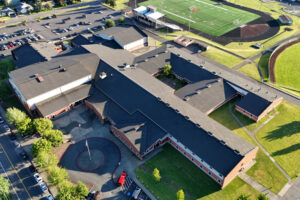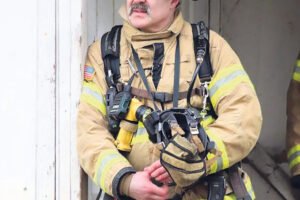Camas City Council members moved with lightning speed during their first September council meeting, wrapping up several long-standing projects with full council support in under 20 minutes.
The first “big ticket” item on the councilors’ agenda at the Sept. 4 meeting involved an issue that has been a source of contention for nearly two years — the bargaining agreement between the city and the Camas Public Employees’ Association (CPEA).
“This has been a long process,” Jennifer Gorsuch, the city’s administrative services director, said before presenting the bargaining agreement to the city council members for their direction at the first September council meeting.
The council voted unanimously to authorize the mayor and city administrator to sign the four-year agreement, which is retroactive to Jan. 1, 2017 and runs through Dec. 31, 2020.
Mayor Pro Tem Don Chaney congratulated city employees who have been in contract negotiations for more than a year and a half, and noted the collective bargaining process had been a “challenging, difficult time for both sides.”



